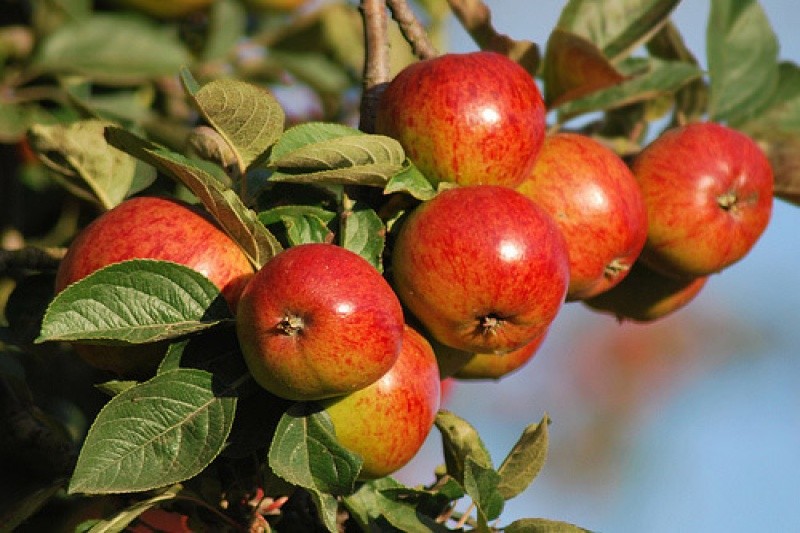Apples for Cider
The apples that Chapman favored for planting were small and tart "spitters"—named for what you'd likely do if you took a bite of one. But this made them ideal for making hard cider and applejack. This was a far more valuable crop than edible apples. In The Botany of Desire, Michael Pollan wrote:
Up until Prohibition, an apple grown in America was far less likely to be eaten than to wind up in a barrel of cider. In rural areas cider took the place of not only wine and beer but of coffee and tea, juice, and even water.
Where water could house dangerous bacteria, cider was safe. (And delicious.)



 Launch the media gallery 1 player
Launch the media gallery 1 player